
“Oct 2, 2023
In the video above you can see a luminous biosensor that is attacking a red blood cell.
Humanity United Now – Ana Maria Mihalcea, MD, PhD is a reader-supported publication. To receive new posts and support my work, consider becoming a free or paid subscriber.

In this post I am reviewing an article about Nano biosensors and showing video footage of microrobots or self assembled Quantum Dot technology in C19 unvaccinated blood. These individuals came to me concerned about shedding. Many have symptoms, others do not. The topic of vaccine shedding is highly unpopular, as it exposes the known dangers that the C19 injected pose to the unvaccinated. I have looked at the live blood of many hundreds of individuals and have not seen anyone with clean blood this entire year.

Presently, nanomaterials are undergoing rapid progress because of their immense potential applications in catalysis, electronics, biomaterials, structural components, and biosensors. The utilization of nanomaterials such as nanotubes, nanowires, and quantum dots in biosensor medical diagnostic devices is being probed. With the development in the properties of nanomaterials in a nanoscale environment, new devices such as smart biosensors can identify the minute concentration of the desired bio-sample that are emerging faster for real-time monitoring.
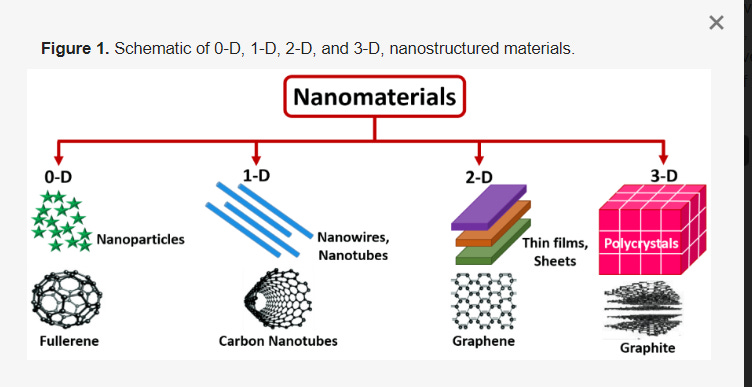
Nanomechanical biosensors are based on cantilever flection when a molecular interaction occurs on their surface; this molecular recognition becomes nanomechanical movement, which is coupled to an optical or piezoelectric system [89]. These cantilevers are usually made from poly-silicon, silicon nitride, silicon oxide, or polymeric materials, in which the cantilever beams are covered with a sample that has been exposed to analyte vapor [90]. Studies by Fritz et al. demonstrated nanomechanical sensors’ ability to differentiate variations in a single base in the DNA chain without using fluorescence markers. They have also been widely used in evaluating proteins, such as topoisomerases [91] or proteins related to prostate cancer [92], as well as in detecting antibiotics for combating Escherichia coli [93] (Table 1). Optical biosensors have been used very recently due to them having been markedly improved in their microfluidics and imaging systems. Further, they are label-free, depending on the analyte, and are quantified in the femtogram range, making them promising devices for quantifying drugs requiring TDM.
In the video below you can see the optical emission in the yellow blue light range from the biosensor. Their signaling is always closely related to the construction of the filament structures, of which they end up becoming a part of, as I have shown in other videos.

In the video below you can see the precision of rapid travelling bio micro robots that are able to evade obstacles. These are machines with clearly artificial intelligence and they are controlling the construction of hydrogel clots. Watch the whole video.
I have seen all kinds of the from micelles, biological and hybrids from their appearance when compared to the literature.
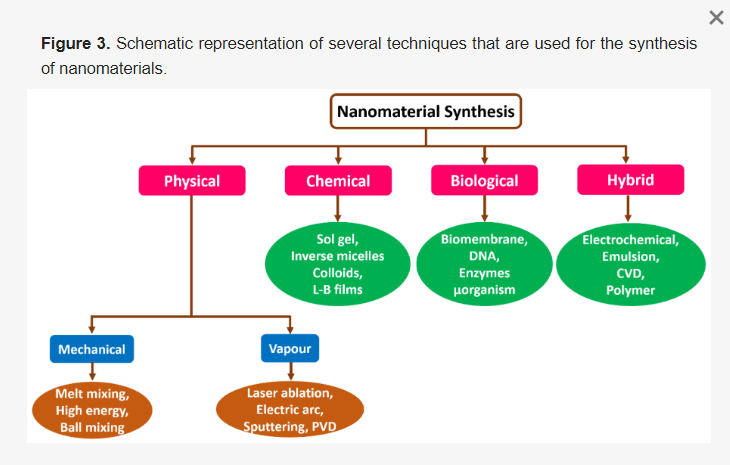
Energy harvester is interesting, since we have measured the substantial decrease in blood electrical conductivity.
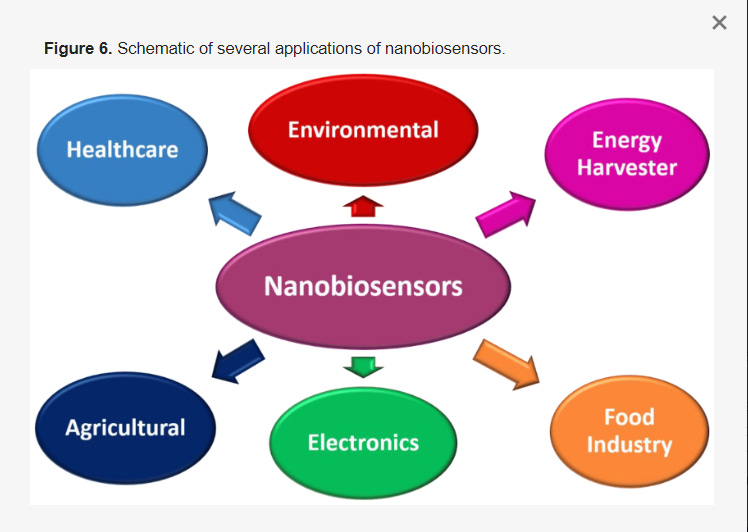
Note that we did find silicone in the Near Infrared Spectroscopy of C19 vaxxed and unvaccinated blood.
Generally, microelectromechanical systems and electronic circuits have been constructed using silicon wafers. Integrated circuit commercialization started in 1965 using silicon-processing technologies in the microelectronics sector. Over time, there has been an increase in the progress made in shrinking circuit size [190]. Moore Law’s 1965 prediction sped up the development of smaller integrated circuits by reducing transistor size, increasing transistor density, and improving operating frequencies. Field effect transistors were first sized below 100 nm in 2000, ushering in the silicon nanoelectronics era. The production of chips using nanostructured materials has been considered by many businesses, including iMac G5, IBM, Intel, etc. In this context, graphene, mxene, CNTs, quantum dots, and fullerene can be discovered for the electronics nanosensor manufacturing industries. For instance, nantero has created the NRAM (nanotube-based/non-volatile random access memory) chip employing CNTs that may function as dynamic memory cells [191]. In 2006, IBM produced transistors based on CNTs [192]. Other nanomaterials are being studied for the manufacture of actuators, transducers, sensors, and high-k dielectrics, which include ferroelectric oxides barium titanate (BaTiO3), which lead barium-strontium titanate ((Ba-Sr)-TiO3) and zirconate titanate (Pb(Zr-Ti)O3). Further, a technique for building electronic circuits by mounting electrical devices on flexible plastic substrates is known as flexible electronics, commonly referred to as flex circuits. These flexible electronics are widely used as wearable nanobiosensor devices for sensing various biological parameters, such as glucose, sweat, and pulse.
In the video below multiple blinking bio sensor machines are seen:
Here are the type of sensors supposedly used in medicine.
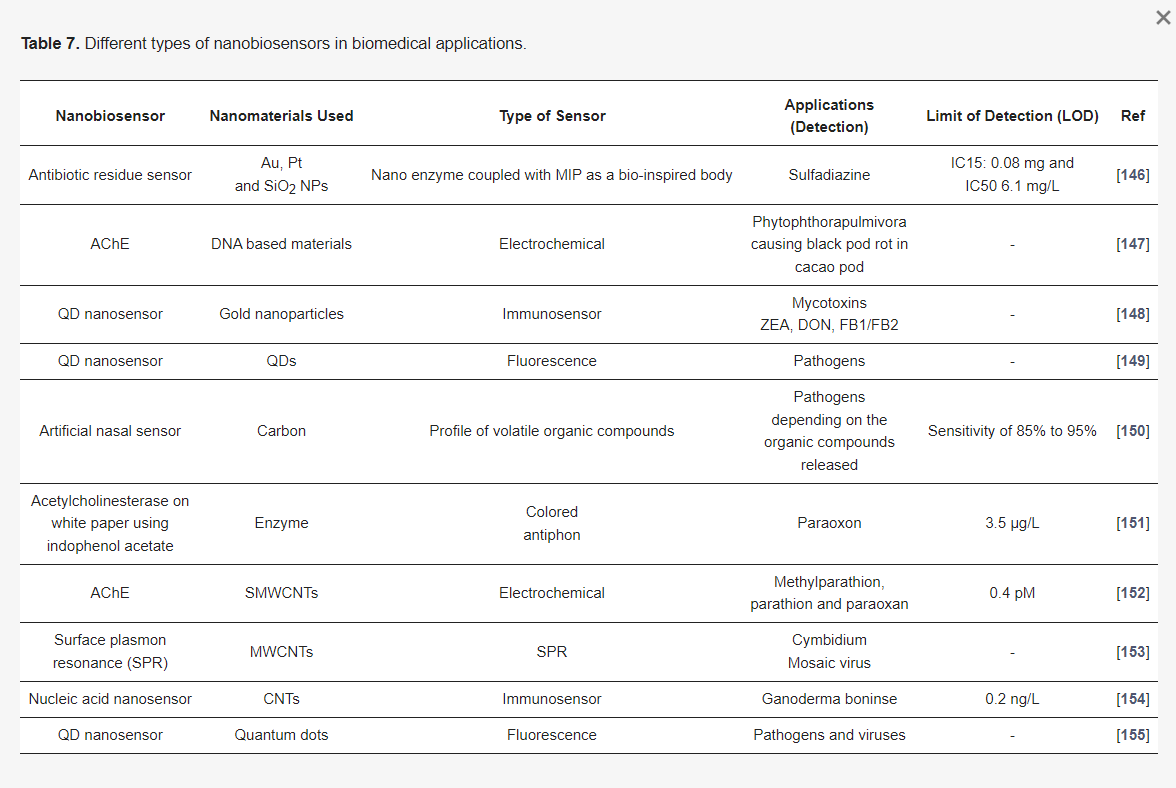
Threats in my mind and from my observation also include swarming, uncontrolled self replication, oxidative stress, accelerated aging, self assembly polymer blood clots.
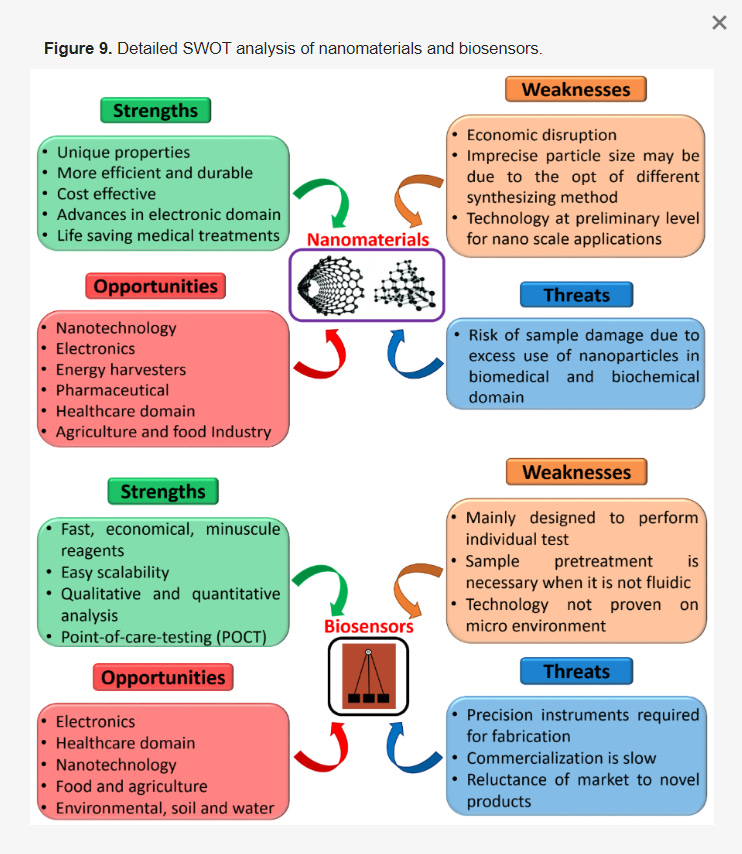
You can now sign up for our Friday Symposium. This will be a fascinating discussion and presentation around the subject of self assembly nanotechnology/ Quantum Dots. We will have a live Q&A and encourage live blood microscopists and clinicians from around the world to participate. This is the beginning of a teaching series of how to recognize this technology in the blood. The proceeds of this event will support the research of all presenters.
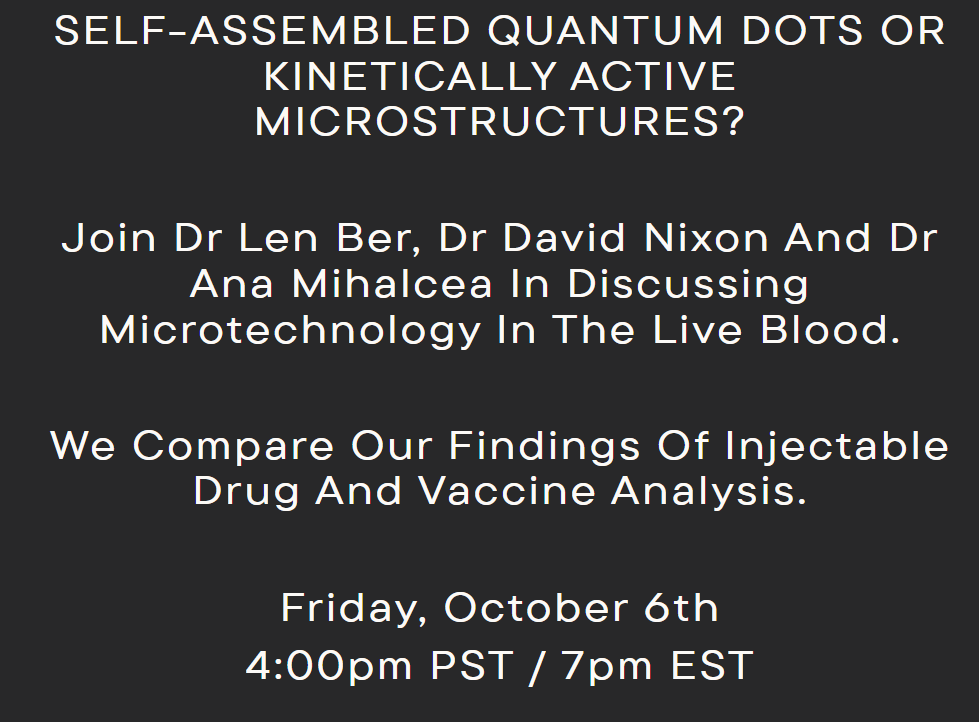
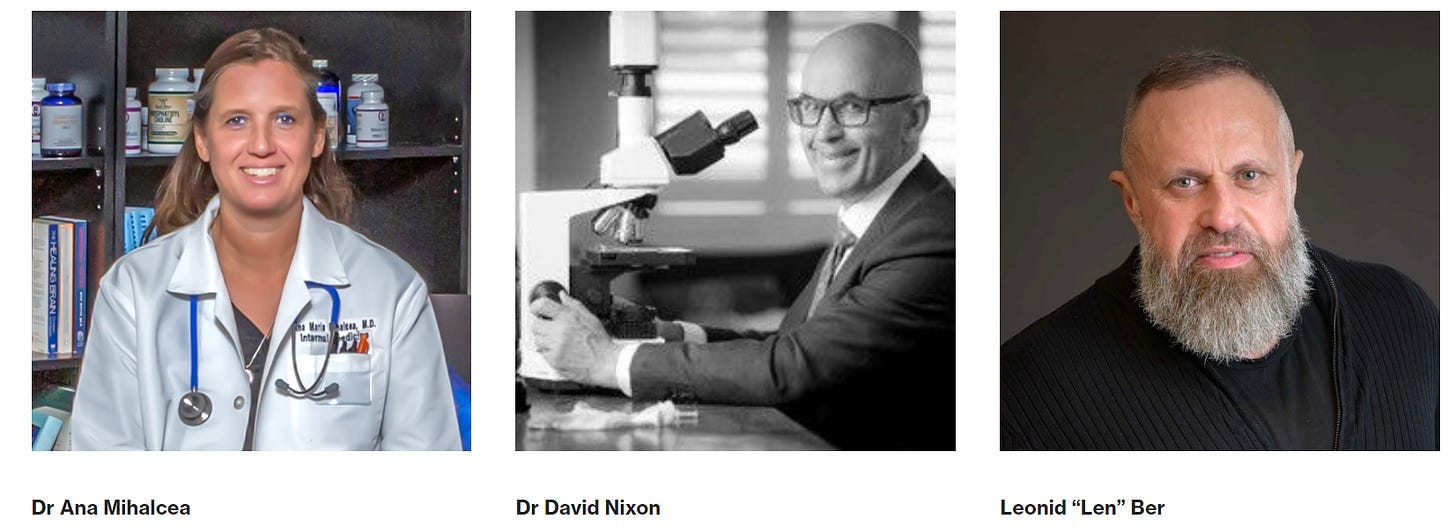
Here is the link: October 6th Symposium sign up
Humanity United Now – Ana Maria Mihalcea, MD, PhD is a reader-supported publication. To receive new posts and support my work, consider becoming a free or paid subscriber.”
Leave a Reply